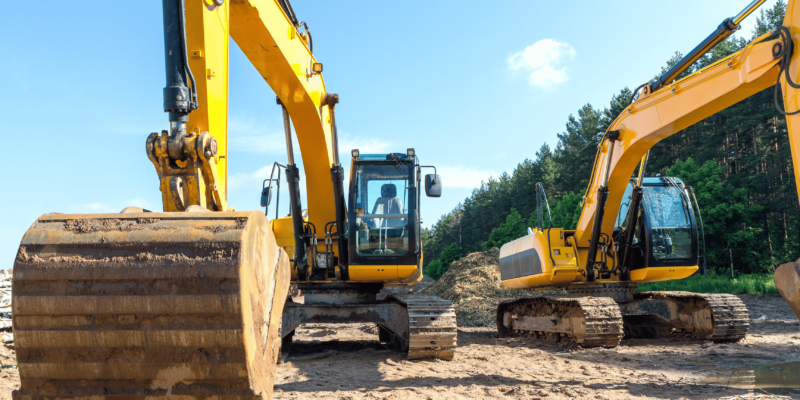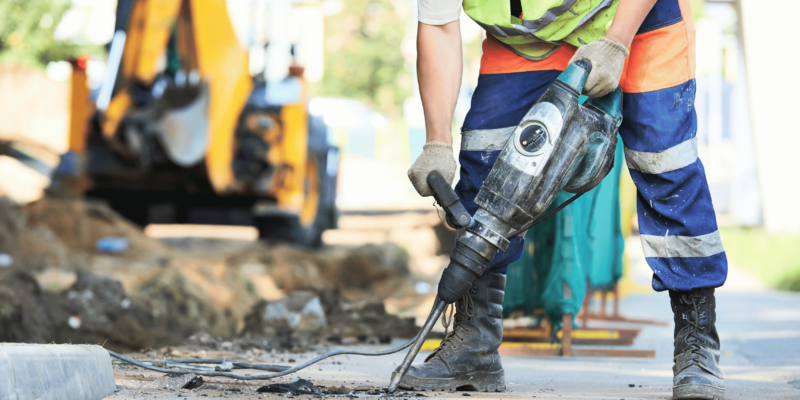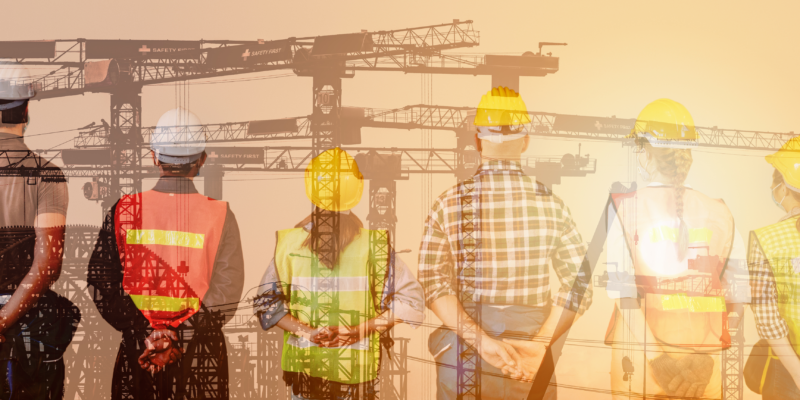When you drop a pebble in a pond it has a ripple effect, expanding outward to a much broader area than the spot the pebble initially landed.
Throw in a boulder, and the effects are obviously much greater. In this case, the CHIPS and Science Act is that boulder, and it’s having a giant ripple effect on the construction industry.
What is the CHIPs Act?
The CHIPS Act (which stands for “Creating Helpful Incentives to Produce Semiconductors) was passed in August 2022 in an effort to bring semiconductor manufacturing back to the United States.
The semiconductor was originally invented in the United States, and at its conception upwards of 40% of the world’s chips were created in the U.S. However, that number has steadily declined as manufacturing has moved to Asia over the last 40 years. In recent years, the U.S. has been responsible for manufacturing less than 10% of all chips.
In conjunction with the disbursement of the CHIPS Act funding, the Federal Reserve has also done a number of interest rate cuts, which has contributed to a new trend of increased non-residential construction spending. The hope is that by bringing the semiconductor industry back to the United States, we’ll also see an increase in available manufacturing and construction jobs.
Silicon wafers, which get cut into chips, help power all of our smart devices, cars, computers, and medical devices, and are essential in the development of future technologies, including artificial intelligence, alternative energy advancement, and biotechnology. To do large scale chip manufacturing, companies need large fabrication sites, or fabs. With a planned total investment of almost $53 billion, the CHIPS and Science Act has already announced where $30 billion of that funding will be allocated, with Commerce on track to allocate the rest of the funds by the end of this year.
Ties to Construction
So far, there are 23 confirmed projects, 16 of which are semiconductor manufacturing facilities. The projects are set to take place in 15 different states, distributing manufacturing throughout the country. With these investments, 5 of the world’s leading-edge DRAM and logic semiconductor manufacturers will reside in the U.S, which is notable since no other country has more than two. This manufacturing boom will also lead to other related businesses popping up, which will also need facilities to be constructed. As a result of the CHIPs and Science Act, it is expected that the U.S. will be responsible for manufacturing 30% of the world’s chips by 2032.
According to Peterson Institute for International Economics (PIIE) research, electronics manufacturing construction, which includes semiconductor manufacturing, accounted for only three percent of total manufacturing construction in 2016 and 2017, but rose to 58% as of June 2024.
The 80% rise in manufacturing construction is due to the electronics category, which was reinvigorated by the CHIPS Act. U.S. construction spending on new manufacturing facilities more than doubled in 2023, compared to 2022, according to the Atlantic Council. This is a promising trend that should continue to invigorate new construction projects, as the allocated funds get distributed.
We can’t wait to see what this new technology will bring to the construction industry. If you’re looking for cost control strategies to navigate this new building boom, Steadfast is here to help!
We’re proud to provide quality equipment rentals at affordable prices, to help you get the job done right. Contact us today to get just what you need for your next project.










